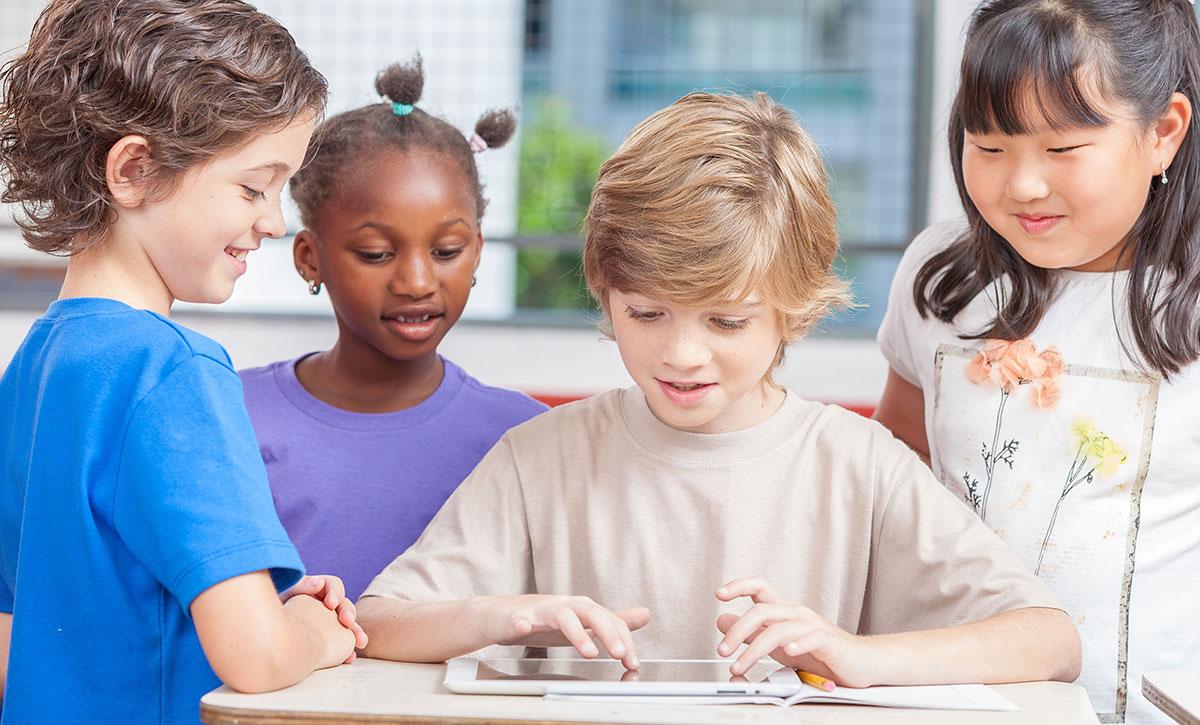SEL for Students with Special Needs: Effective Strategies to Boost Emotional and Social Growth
Social-Emotional Learning (SEL) for students with special needs is an essential component of any inclusive educational setting. By tailoring SEL strategies to meet unique learning and behavioral requirements, educators can boost emotional intelligence, foster positive relationships, and create lasting change in social dynamics. In this guide, we’ll explore effective SEL strategies for special education, the myriad benefits, and practical implementation tips—empowering students of all abilities to flourish both emotionally and socially.
What is SEL and Why is it Crucial for Students with Special Needs?
Social-Emotional Learning (SEL) refers to the process through which children develop vital emotional and social competencies. These include self-awareness, self-regulation, social awareness, relationship skills, and responsible decision-making. For students with special needs—including autism spectrum disorder (ASD), ADHD, learning disabilities, and emotional or behavioral disorders—SEL is even more indispensable.
- Higher Risk of Social Isolation: Students with special needs may face social exclusion, bullying, or difficulty forming peer relationships.
- Behavioral and Emotional Challenges: Managing frustration, anxiety, and impulse control can be more complex and require explicit instruction.
- Individualized Support Required: SEL for special education must account for diverse learning profiles and communication styles.
“research consistently shows that SEL not only improves students’ academic performance, but also positively impacts attitudes, relationships, mental health, and lifelong outcomes—especially for children with special needs.”
– Collaborative for Academic, Social, and Emotional learning (CASEL)
Benefits of SEL for Students with Special Needs
Integrating SEL into special education settings delivers remarkable benefits for students, educators, and the broader learning community:
- Improved Emotional Regulation: students learn coping strategies, reducing meltdowns and anxiety.
- Enhanced Peer Relationships: SEL builds foundational skills for making friends and working collaboratively.
- Increased Confidence and Motivation: Success in social interactions fosters self-esteem and classroom participation.
- Reduced Behavioral Issues: Proactive SEL instruction frequently enough leads to fewer disruptions and a more positive atmosphere.
- Greater Academic Engagement: When emotional needs are addressed, students are more ready to learn.
Key SEL Strategies for Students with Special Needs
Triumphant SEL implementation in special education requires a thoughtful, differentiated approach. Consider these research-backed strategies:
1.Explicit Instruction and Modeling
- Use direct, concrete language to teach SEL skills.
- Provide clear examples and model the behaviors you expect (e.g., showing how to apologize, express feelings, or ask for help).
- Visual supports—like social stories and role-playing—can reinforce key concepts.
2. Consistent Routine and Structure
- predictable classroom routines help reduce anxiety and support emotional safety.
- Use visual schedules and cues to scaffold transitions and expectations.
- Integrate SEL activities at predictable times each day (morning meeting, closing circle).
3. Individualized Support and Goals
- Integrate SEL goals into students’ IEPs or learning plans.
- Customize interventions—such as using fidget tools, quiet spaces, or choice boards—based on individual needs.
- collaborate with special education teams, therapists, and families.
4. Assistive Technology and Visual Supports
- Leverage apps,communication boards,or emotion charts to help students label and express feelings.
- Use video modeling or interactive games to reinforce SEL concepts.
- Create visual reminders (posters, lanyard cards) that illustrate coping skills and conflict resolution steps.
5.Safe Spaces for Self-regulation
- Designate calming corners or sensory areas where students can regroup if overstimulated.
- offer tools such as noise-canceling headphones, weighted blankets, or stress balls depending on student preferences.
- Practice mindfulness and breathing exercises as a class, but also encourage individual use during stressful moments.
6. Social Skills Groups and peer Buddy Programs
- Small, guided groups can practice turn-taking, perspective-taking, and cooperative play in a nurturing habitat.
- Peer buddy initiatives foster authentic inclusion and empathy among classmates.
Practical Tips for Teachers and Caregivers
Implementing SEL for students with special needs is most successful when tailored to each learning community.Here are some actionable tips:
- Use multi-modal instruction: Combine visual, auditory, and kinesthetic methods for maximum engagement.
- Break skills into smaller steps: Chunking supports mastery and retention.
- Employ consistent language: Reinforce the same emotional vocabulary school-wide.
- Recognize and celebrate progress: Affirm even small gains in emotional regulation or social awareness.
- Collaborate with families: Share strategies and resources so that SEL skills can generalize across settings.
Real-World Insights: SEL in Special Education Classrooms
Case Study: Building Empathy through Peer Pairing
At Greenwood Elementary, teachers introduced a peer buddy system in their integrated classrooms. Each week, students with and without IEPs worked together on collaborative projects. Over the course of the year:
- Special needs students reported feeling more connected and included.
- Peers demonstrated increased patience, empathy, and understanding.
- Classroom climate improved, with a measurable decrease in incidents of bullying.
First-Hand Experiance: A Teacher’s Perspective
“One of my students with autism used to withdraw or act out when frustrated. By introducing visual emotion charts and daily check-ins, he learned to ask for breaks and started seeking support from classmates. His self-confidence has soared, and our entire classroom feels more supportive.”
— Ms. L. Fernandez,Special education Teacher
SEL Resources and Tools for Special Needs Support
Utilize the following SEL resources tailored to the needs of diverse learners:
- Zones of Regulation: Teaches emotional self-regulation through color-coded zones.
- Social Thinking Curriculum: Offers structured lessons and storybooks for teaching perspective-taking.
- ClassDojo & GoNoodle: Apps that reinforce SEL skills with interactive, engaging activities.
- Autism Speaks Toolkits: Free guides and printable materials for families and teachers.
Conclusion: prioritizing SEL for Inclusive, Empowered Learning
When schools and communities intentionally integrate SEL for students with special needs, they lay a foundation for lifelong emotional well-being, resilience, and meaningful relationships. By adopting individualized strategies—explicit teaching, structured routines, and real-world practice—educators empower all students to thrive both in and out of the classroom.
Ready to boost emotional and social growth in special education? Start with small,evidence-based steps and collaborate with your team.Every positive interaction,every strategy learned,fuels the transformative power of SEL for all learners.

